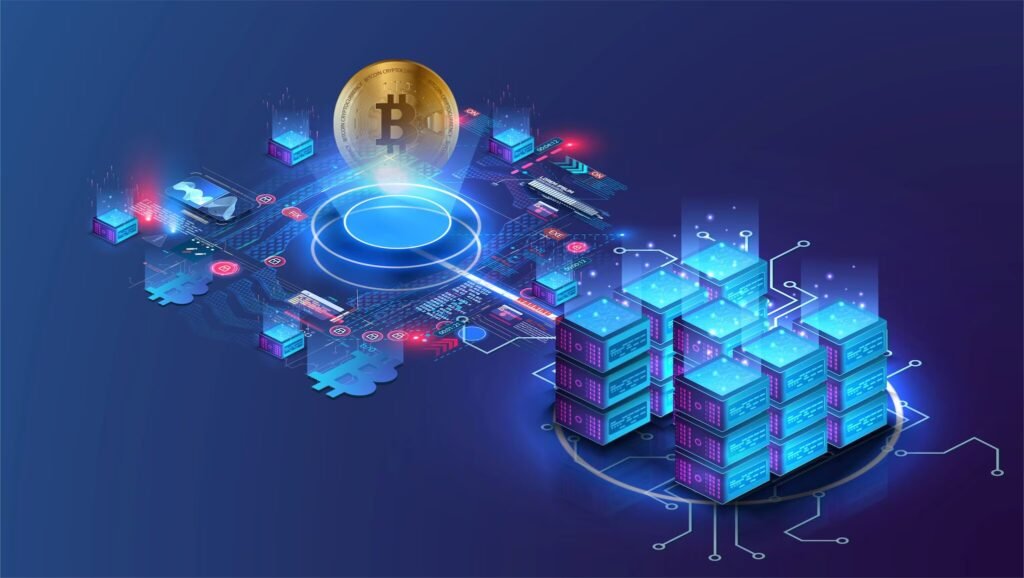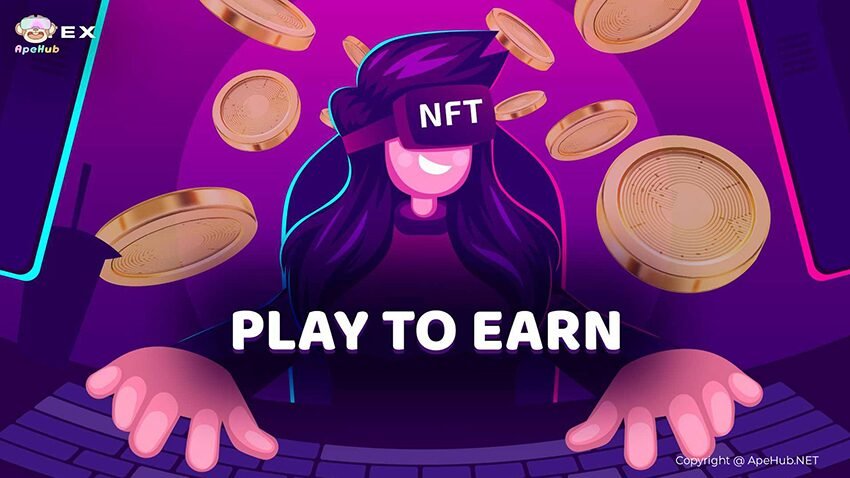Web3 refers to the third generation of the internet—an evolution from the centralized systems we know today to a more open, decentralized, and user-controlled environment. At its core, Web3 uses blockchain technology to let users truly own their data, digital identities, and online assets. For Indonesia, a country with over 200 million internet users and one of the fastest-growing digital economies in Southeast Asia, Web3 has the potential to democratize access to financial tools, education, and creative platforms. With a youthful population and strong mobile penetration, Indonesia is well-positioned to benefit from decentralized innovations like Web3-based financial services, digital art marketplaces, and blockchain-powered education tools.
From Web1 to Web3: How the Internet Has Transformed
To understand where Web3 fits, it’s helpful to trace the history of the internet. Web1 (the “static web”) was the earliest stage—where websites only offered information and users were passive readers. Then came Web2, which introduced interactivity and user-generated content. It enabled platforms like Facebook, YouTube, and Tokopedia, but also centralized user data under a few tech giants. Web3 flips that model. Using distributed ledgers and permissionless networks, it enables peer-to-peer interaction without needing intermediaries. Indonesians frustrated with data breaches, platform bans, or limited access to digital services could find in Web3 a more transparent and democratic internet model—one where they have both voice and value.
Key Technologies Behind Web3: Blockchain, Wallets, NFTs, and Smart Contracts

Source: TDK
The Web3 ecosystem operates through a stack of decentralized technologies. Blockchain is the foundational layer—a secure and transparent database where data can’t be altered without consensus. In Indonesia, blockchain use is expanding beyond crypto trading into logistics (like food traceability), supply chain transparency, and even election monitoring. Smart contracts—self-executing code on a blockchain—automate processes like payments, lending, or ticketing without relying on intermediaries. Crypto wallets like MetaMask and Trust Wallet allow Indonesians to hold, send, and receive cryptocurrencies or NFTs (non-fungible tokens), and connect to decentralized apps (DApps). NFTs themselves represent ownership of unique digital items such as certificates, artwork, property titles, and even virtual land in the metaverse. These technologies are transforming how we think about trust, ownership, and value in the digital world.
Real Use Cases in Indonesia: How Web3 Is Already Being Used

Source: BAP SOFTWARE
Web3 is already playing a role in Indonesia’s digital economy. Decentralized Finance (DeFi) allows unbanked populations to access loans, savings, and yield-generating platforms without traditional banks—critical in a country where over 40 million adults remain unbanked. Local artists are minting and selling NFTs on platforms like OpenSea and Paras, helping Indonesian creatives monetize their work globally. In the play-to-earn (P2E) sector, blockchain-based games such as Axie Infinity and Thetan Arena have drawn thousands of young Indonesians, who earn income through gameplay and in-game asset trading. Additionally, blockchain-based agriculture and land registration pilots are helping rural communities increase transparency in land ownership and product sourcing, proving that Web3’s impact extends well beyond just crypto speculation.
Challenges and Barriers: What Slows Down Web3 Adoption in Indonesia?

Source: Hela
Despite its potential, Web3 adoption in Indonesia faces several obstacles. One of the biggest issues is education—many users still struggle to understand basic concepts like gas fees, private keys, or how to safely use crypto wallets. Poor digital literacy makes Indonesians more vulnerable to phishing, rug pulls, and scams, which have been rampant in unregulated token projects. Technological limitations also persist; not all areas have access to fast and stable internet, which limits the usability of blockchain applications. Moreover, Indonesia’s regulatory stance is still developing. While crypto is legal as a commodity, it’s not yet a legal tender, and most DApps operate in a legal gray area. This uncertainty deters some developers and investors from diving in. To truly thrive, Web3 in Indonesia needs stronger public education, legal clarity, and improved user experience.
Why Indonesia Has the Right Conditions to Lead in Web3 Adoption

Source: CERITATANJUNG
Indonesia’s demographics and digital trends provide fertile ground for Web3 growth. With a median age of just 30 years and over 70% of the population online, the country has both the curiosity and digital readiness for decentralized technologies. The government’s support for fintech innovation through regulatory sandboxes and blockchain pilot projects shows promising momentum. Moreover, Indonesia’s widespread use of QR code payments and e-wallets like GoPay and Dana suggests that the public is already familiar with digital finance systems—making the leap to crypto wallets and DApps a shorter one. Indonesia also has a growing developer community that is already contributing to regional Web3 projects, indicating talent and potential for innovation.
Final Thoughts: Taking Your First Steps into Web3
Web3 explained Indonesia isn’t just about understanding buzzwords—it’s about equipping yourself for the future of digital interaction, ownership, and opportunity. You don’t have to dive into everything at once. Start small: open a crypto wallet, explore a DApp, mint a free NFT, or join a trusted Telegram group focused on Web3 in Indonesia. Platforms like Reku, Tokocrypto, and Pintu already provide crypto on-ramps in Bahasa Indonesia. By gradually exploring this new digital frontier, Indonesians can shape and benefit from a more inclusive, decentralized internet—one built not just for users, but by them.




